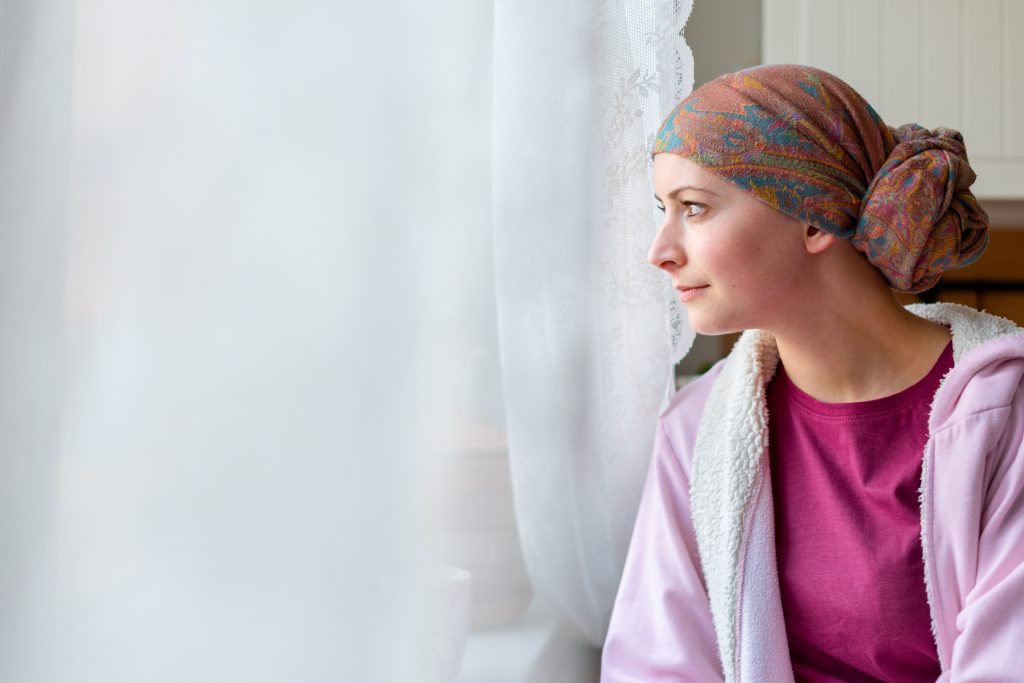An observational study just published in The BMJ journal has found that women who are diagnosed with early-stage breast cancer today are 66% less likely to die from the disease within 5 years of diagnosis than they were 20 years ago.
While prior studies have shown that mortality risk following early invasive breast cancer diagnosis has decreased over several decades, this is the first study to examine whether that decline applies broadly to all patients, or whether there are specific factors affecting the decrease in risk.
Breast cancer by the numbers
According to the most recent Centers for Disease Control (CDC) statistics, 239,612 new breast cancers were reported in females in the United States in 2020, and 42,273 females died from the disease. The BMJ study looked solely at women diagnosed with early invasive breast cancer, meaning that the cancer had not spread past the breast or axillary nodes at the time of diagnosis. Approximately 2 in 3 female breast cancer cases in the US were diagnosed at this stage in the period from 2016 to 2020, the CDC reports.
Cohort over 500k strong
The research team sought to provide a detailed and accurate picture of breast cancer mortality in a complete population of women with early breast cancer for up to 20 years. To do so, researchers analyzed health data on 512,447 women registered with the National Cancer Registration and Analysis Service (NCRAS) in England who were diagnosed with early breast cancer between January 1993 and December 2015.
All study participants were women who had initially received either breast conserving surgery or a mastectomy to remove cancerous tissue. They were followed until December 2020 in order to track their treatment progress and long-term mortality trends. Excluded were women who had received treatment to reduce the size of their cancer prior to surgery, women whose cancer had already metastasized, and women who had been diagnosed with more than 1 cancer.
Main study outcome measures were annual breast cancer mortality rates and cumulative risks by time since diagnosis, calendar period of diagnosis, and 9 characteristics of patients and tumors. The 9 characteristics explored included patient age at diagnosis, whether the cancer was detected by screening, tumor size, estrogen receptor status, lymph node involvement, and whether the cancer was considered low, medium, or high grade.
The team found that the risk of death due to breast cancer for all women included in the study was highest during the 5 years following diagnosis and then declined. Women diagnosed from 1993 to 1999 had a 14% risk on average of dying within 5 years. That average risk dropped to 5% for women diagnosed between 2010 and 2015.
Variable-dependent risk decline
Although decreases in mortality rates occurred across nearly all groups of patients, the magnitude of reduction varied substantially between women with different combinations of the study’s patient and disease characteristics.
For instance, there were higher rates of mortality among patients with estrogen receptor negative disease. However, the mortality rate among these patients decreased so significantly after the 3-year mark that, among patients who survived beyond 10 years, the annual mortality rate turned out to be higher for the estrogen receptor positive group. This suggests that, for patients with estrogen receptor negative disease, the most dangerous years are the first 3 following diagnosis, but that patients who make it beyond those 3 years may have a higher chance of long-term survival overall than those with estrogen receptor positive disease.
Screening impact
In 2005, diagnostic screening eligibility in England was expanded from the previous 50-to-64-year age bracket to include women aged 65 to 70 years. The BMJ analysis revealed that, following this expansion, the percentage of women whose cancer was detected through screening increased from 13% in the period from 1993 to 1999 and surged to 33% from 2010 to 2015. Patients whose cancer was detected through screening saw their mortality risk decrease slightly more than those who weren’t screened.
Improvements in prognosis applied to nearly all groups of women. One of the groups which didn’t see a significant decrease in mortality risk over the study period, however, was women aged 80 to 89 at the time of their diagnosis. Mortality risk at 5 years in this patient cohort has decreased only slightly since 1993.
Utility and promise
Although their research only looked at patients diagnosed from 1993 to 2015, the Team hopes that their work can aid in determining the prognosis for patients diagnosed with breast cancer in the here and now. They estimate that, for most women diagnosed today with early invasive breast cancer, the risk of death within 5 years is likely less than 3%.
“Patients and clinicians can use our results to estimate prognosis moving forward,” stated Professor Carolyn Taylor, a consultant clinical oncologist and professor of oncology at Oxford Population Health and lead study author in a press release accompanying its publication.
“Our study is good news for the overwhelming majority of women diagnosed with early breast cancer today because their prognosis has improved so much,” she continued. “Their risk of dying from their breast cancer in the first 5 years after diagnosis is now 5% on average. In the future, further research may be able to reduce the risk of dying from breast cancer even more.”
The full text of the paper, “Breast cancer mortality in 500000 women with early invasive breast cancer in England, 1993-2015: population based observational cohort study,” can be found at no charge here.
The contents of this feature are not provided or reviewed by NPWH.

